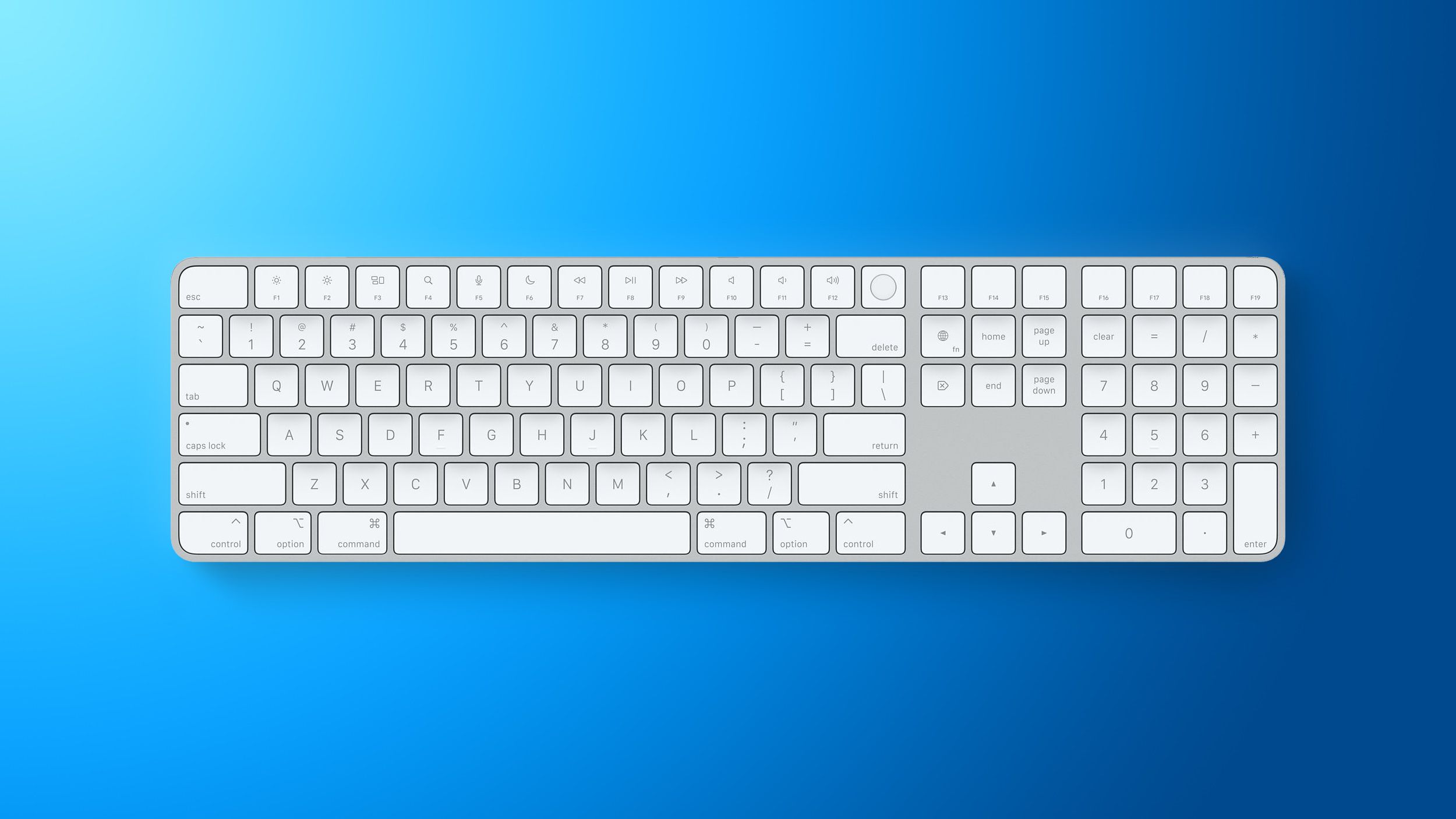Roblox, one of the most popular kids’ apps in the world, is now requiring children as young as nine years old to submit a video selfie for age verification.
While the developer is doing this for good reasons, it adds further weight to the argument that Apple and Google, rather than individual app developers, should be responsible for age verification …
Roblox age verification
Following criticism that it was failing to adequately protect children, Roblox first announced an upcoming age verification process a couple of months ago. The company said it would do this to limit communication between adults and children in chat.
Using a combination of facial age estimation technology, ID age verification, and verified parental consent, this process will provide a more accurate measure of a user’s age than simply relying on what someone types in when they create an account. With this information, we’ll also launch new systems designed to limit communication between adults and minors unless they know each other in the real world.
Most children will not have government-issued photo ID, meaning that the majority are likely to use the video selfie option to verify their age. Engadget reports that the policy is now being rolled out in three countries, and will be enforced globally by early next year.
The updated policy, which the company announced earlier this year, will be enforced first in Australia, New Zealand and the Netherlands and will expand to all other markets by early next year […]
After verifying or estimating a user’s age, Roblox will assign them to an age group ranging from 9 years and younger to 21 years and older (there are six total age groups). Teens and children will then be limited from connecting with people that aren’t in or close to their estimated age group in in-game chats.
Apple and Google should be the gatekeepers
A combination of public pressure and emerging legislation means that more and more developers are going to be forced to verify the age of their users.
At present, the legal responsibility lies with developers. This means that users, including children, are going to be increasingly required to upload photo ID or video selfies to an ever-growing range of software companies.
In my view, an endless array of developers having access to both photo ID and selfies amounts to a privacy nightmare. I would far rather trust Apple to verify identity and age once, and then simply block downloads of age-inappropriate apps.
It would also be a way better user experience if each of us only had to verify our age one time, rather than every single time we downloaded a new age-gated app.
While Apple has so far resisted this, it may eventually have no choice. At least nine US states are considering legislation that would make app store owners like Apple and Google responsible for age verification before giving access to apps with minimum age requirements. Others are likely to follow.
Given Apple’s focus on privacy, it seems to me inexplicable that the company would be resisting this rather than proactively offering it and promoting it as a child-protection and adult privacy benefit.
Highlighted accessories
Photo by OSPAN ALI on Unsplash


FTC: We use income earning auto affiliate links. More.










